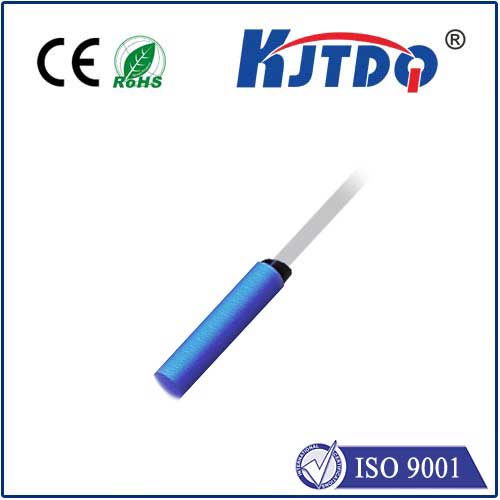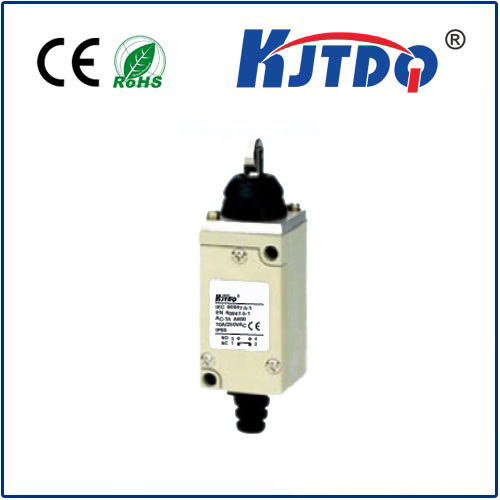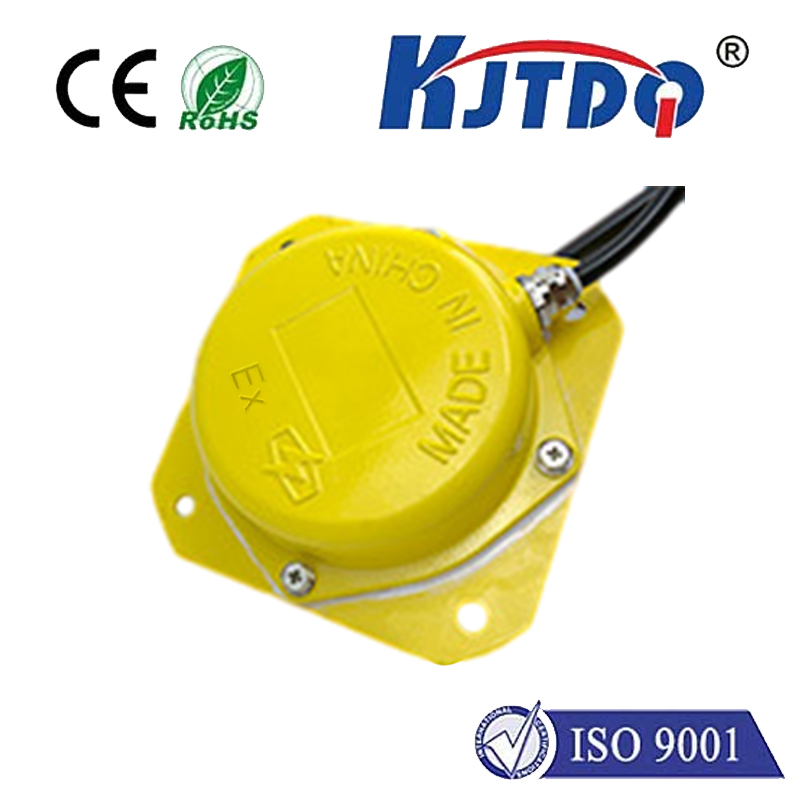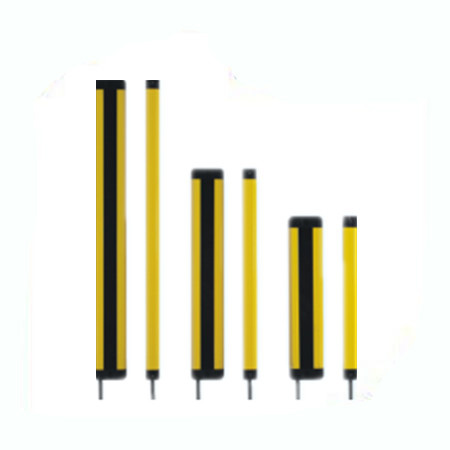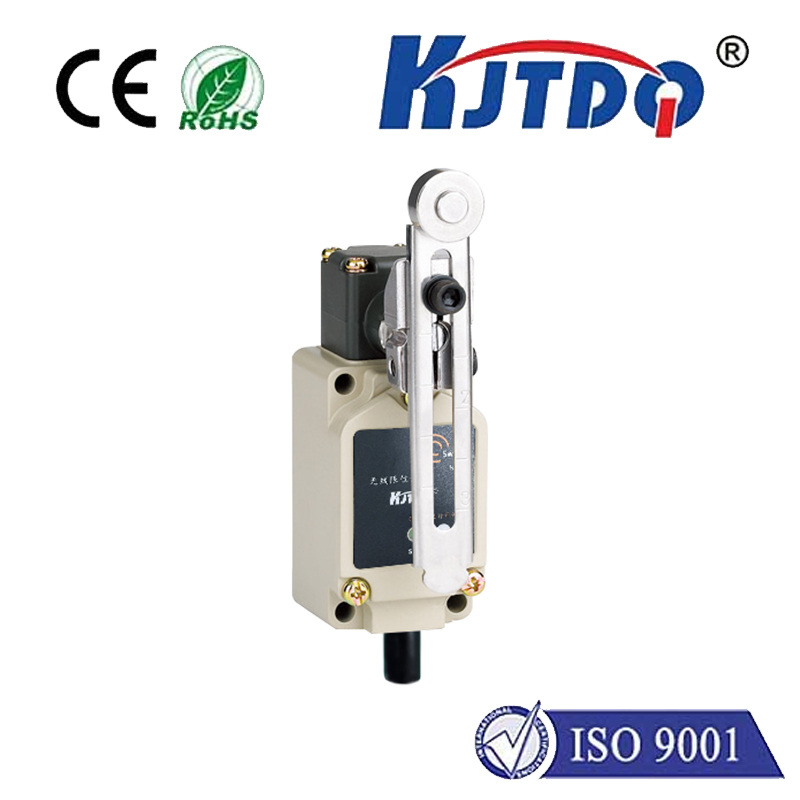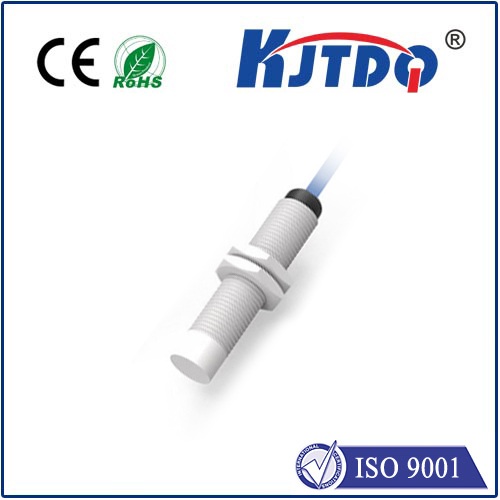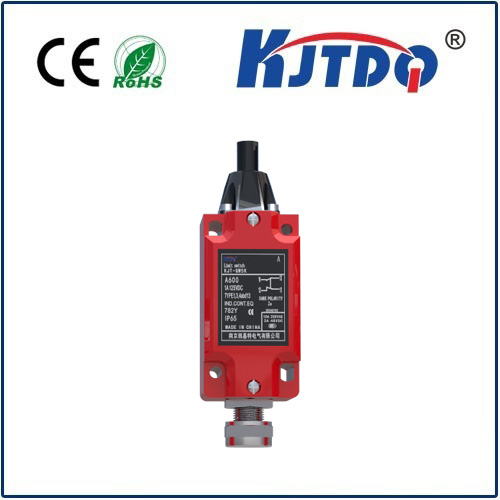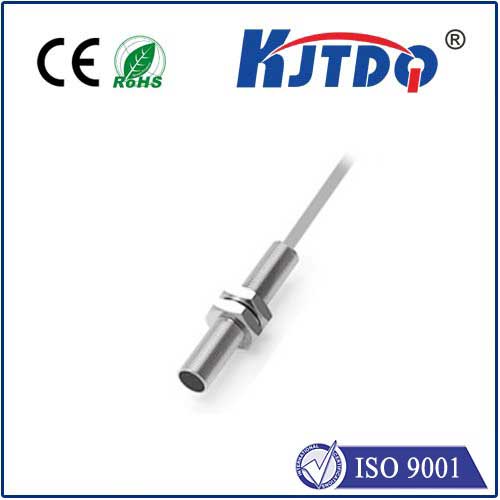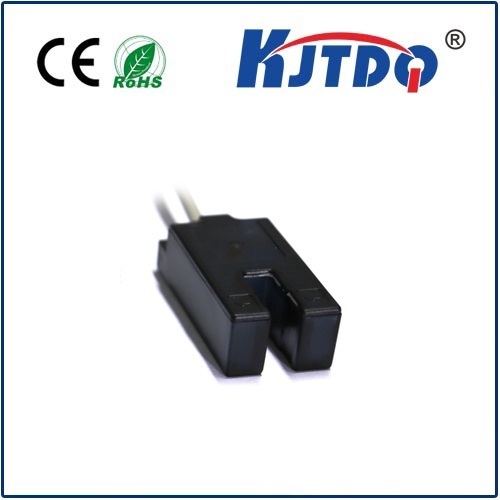photoelectric barrier
- time:2025-07-26 00:46:08
- Нажмите:0
Photoelectric Barriers: The Invisible Shield for Modern Security Systems
Imagine a critical assembly line in a high-volume factory. Production hums along efficiently, robots move with precision. Now picture an unnoticed worker leaning slightly too far into a dangerous zone. Before any physical contact occurs, before alarms even blare, an invisible guardian has already acted: a photoelectric barrier instantly detects the intrusion, halting machinery within milliseconds. This powerful, unseen sentinel is the photoelectric barrier, a fundamental technology safeguarding people and processes worldwide, operating silently yet with unwavering vigilance.
Demystifying the Photoelectric Barrier: How Light Becomes Security
At its core, a photoelectric barrier (also frequently termed a photoelectric sensor or safety light curtain in specific configurations) is an optoelectronic device designed for non-contact detection. It establishes an invisible beam or array of beams of light – typically infrared for reliability and imperceptibility – between a transmitter (emitter) and receiver unit. The fundamental security principle is beautifully simple:
- The transmitter emits a controlled beam of light directly to the receiver.
- The receiver continuously monitors this incoming light signal.
- Any interruption of the light beam – whether by a person, tool, vehicle, or unauthorized object – is instantly detected.
- This detection triggers a pre-programmed safety response, such as stopping machinery, activating alarms, or locking access points.
This elegantly simple principle forms the bedrock of countless Защитный экран and Фотоэлектрический датчик applications, providing a critical layer of protection without physical contact.

Beyond One Beam: Types Tailored for Every Task
Photoelectric barrier technology isn’t monolithic; it adapts through different configurations to meet diverse safety and detection challenges:
- Through-Beam (Opposed Mode): The most robust and longest-range type. The Фотоэлектрический датчик emitter and receiver face each other directly. Interruption is clear and unambiguous, making this ideal for high-security access points, large doorways, elevator safety, and perimeter protection. This configuration offers maximum reliability for critical stop applications.
- Retro-Reflective: Here, the emitter and receiver are housed together in a single unit. The emitted light beam strikes a specialized reflector mounted opposite and bounces back to the receiver. Any object blocking this reflected beam triggers the output. This simplifies installation and wiring costs while maintaining good accuracy for medium-range applications like automated packaging lines or conveyor entry points.
- Diffuse (Proximity Mode): Both emitter and receiver are in one unit, but it detects light reflected directly off the target object itself. While less precise for safety-critical beam interruption than through-beam or retro-reflective types, diffuse sensors are incredibly versatile for general object detection, presence sensing (e.g., detecting vehicles at gates), level monitoring, and counting applications where physical proximity is the primary need, not necessarily forming a strict barrier plane.
The Unrivaled Advantages: Why Photoelectric Barriers Dominate Safety
Choosing a photoelectric barrier system provides compelling advantages over physical guards or contact-based switches:
- Non-Contact Operation: No physical touch required. The detection is purely optical, eliminating wear and tear on the sensor itself and preventing damage to detected objects or personnel. This translates directly to increased equipment longevity and reduced maintenance costs.
- Immediate Response & High Speed: Light travels fast! Detection of beam interruption is virtually instantaneous. This high-speed response is critical for safeguarding personnel around fast-moving machinery like presses, robots, or automated vehicle systems where milliseconds matter.
- Long Detection Ranges: Modern photoelectric sensors can reliably detect objects over distances ranging from centimeters to many tens of meters, far exceeding the practical reach of mechanical switches. This enables safeguarding large hazardous areas efficiently.
- Flexibility & Adaptability: Whether protecting a tiny access point on delicate machinery, creating a tall Защитный экран around a robotic cell, or spanning the width of a large loading dock gate, photoelectric barrier systems can be configured for virtually any size or shape requirement. Advanced multi-beam Фотоэлектрический датчик arrays provide zone-specific protection.
- Creating “Invisible Guards”: They provide essential safety monitoring without obstructing the process, view, or movement of materials. This is invaluable for automated assembly, material handling, and inspection processes. They allow work to continue safely within defined boundaries.
Diverse Applications: Where the Invisible Shield Protects
The versatility of photoelectric barriers positions them as indispensable components in a staggering array of industries:
- Industrial Machinery Safety (Safety Light Curtains): The quintessential application. Creating vertical or horizontal grids of light around hazardous zones on presses, shears, robotic arms, palletizers, and injection molding machines. Instantaneous stopping upon intrusion is paramount, making advanced safety light curtains certified to global standards (like IEC 61496) essential here.
- Access Control & Perimeter Security: Monitoring doorways, gates, windows, and fences for unauthorized access attempts. Used in commercial buildings, data centers, warehouses, and sensitive facilities alike.
- Material Handling & Logistics: Detecting the presence/absence of objects on conveyors, positioning pallets or trucks for loading docks, ensuring clear pathways for automated guided vehicles (AGVs), and triggering sorting mechanisms. Ensuring smooth material flow while preventing collisions.
- Elevator & Door Safety: Preventing doors from closing on people or objects, ensuring safe entry and exit points.
- Packaging & Assembly Automation: Verifying component presence, counting products, detecting jams, and ensuring precise positioning during high-speed operations through Фотоэлектрический датчик arrays. Crucial for maintaining throughput and quality control.
- Vehicle Detection & Traffic Management: Activating gates, controlling traffic lights, detecting vehicles at drive-thrus, and managing automatic car wash equipment.
- Level Detection: Monitoring fill levels in bins, tanks, or hoppers (often using diffuse or retro-reflective sensors).
From the simplest object counter to the most complex industrial Защитный экран safeguarding human life, the photoelectric barrier leverages the fundamental properties of light to deliver reliable, non-contact detection and protection. Its combination of speed, flexibility, range, and unobtrusive nature cements its role as the invisible shield underpinning safety, security, and automation in our modern world. This technology’s ability to create precise, adaptable, and instantaneous zones of protection ensures its continued evolution and widespread adoption across nearly every sector where safety and reliable detection are non-negotiable.

